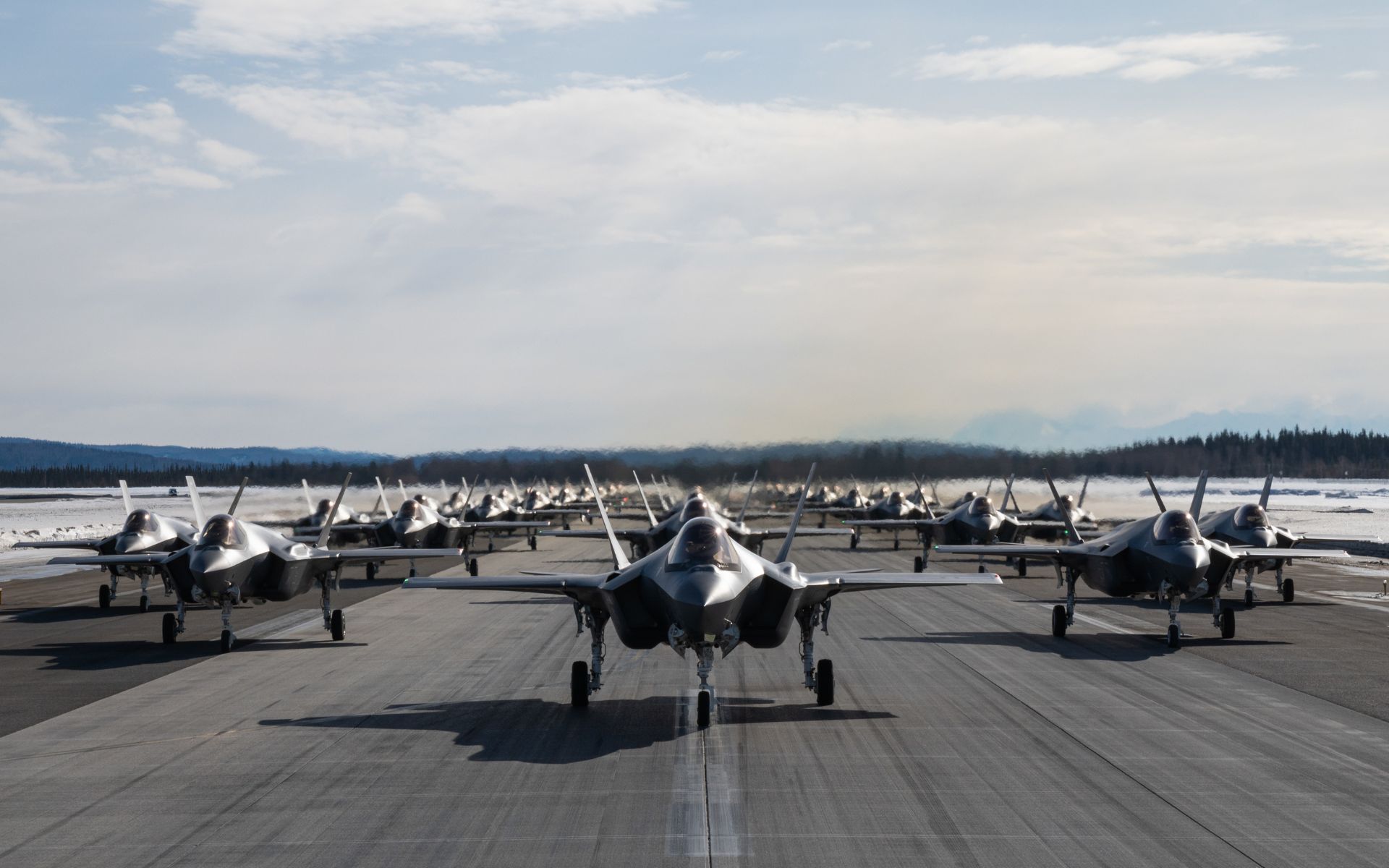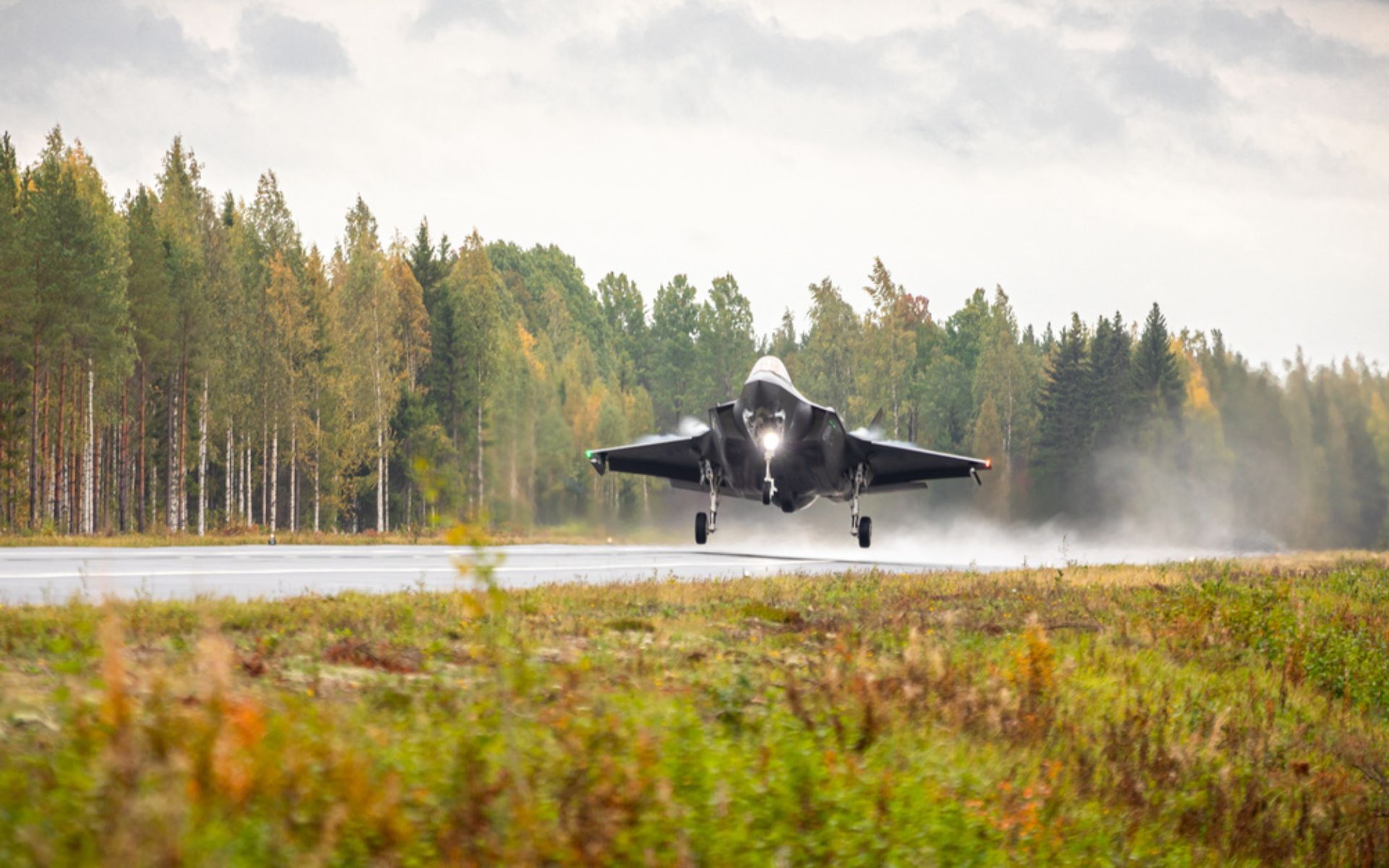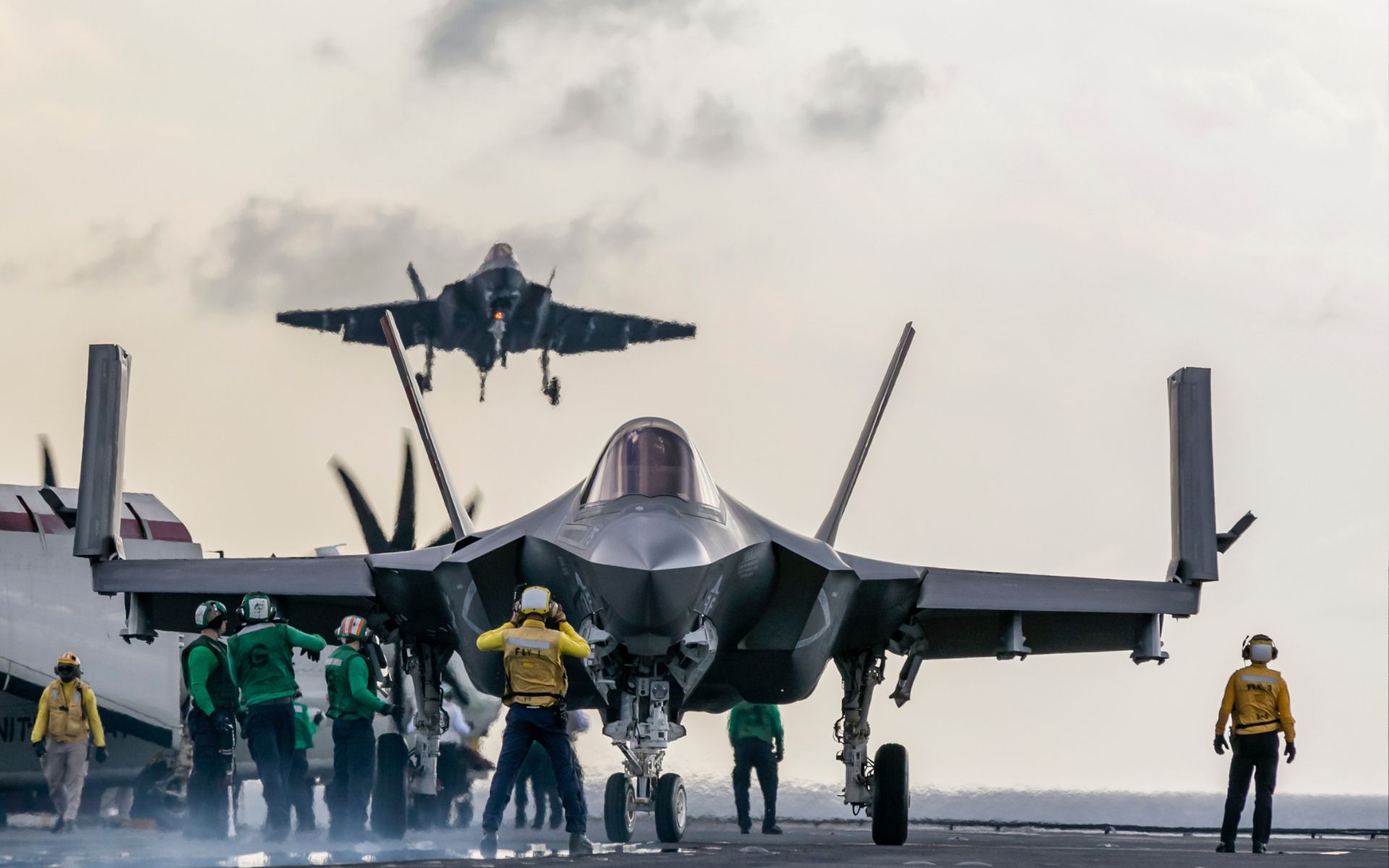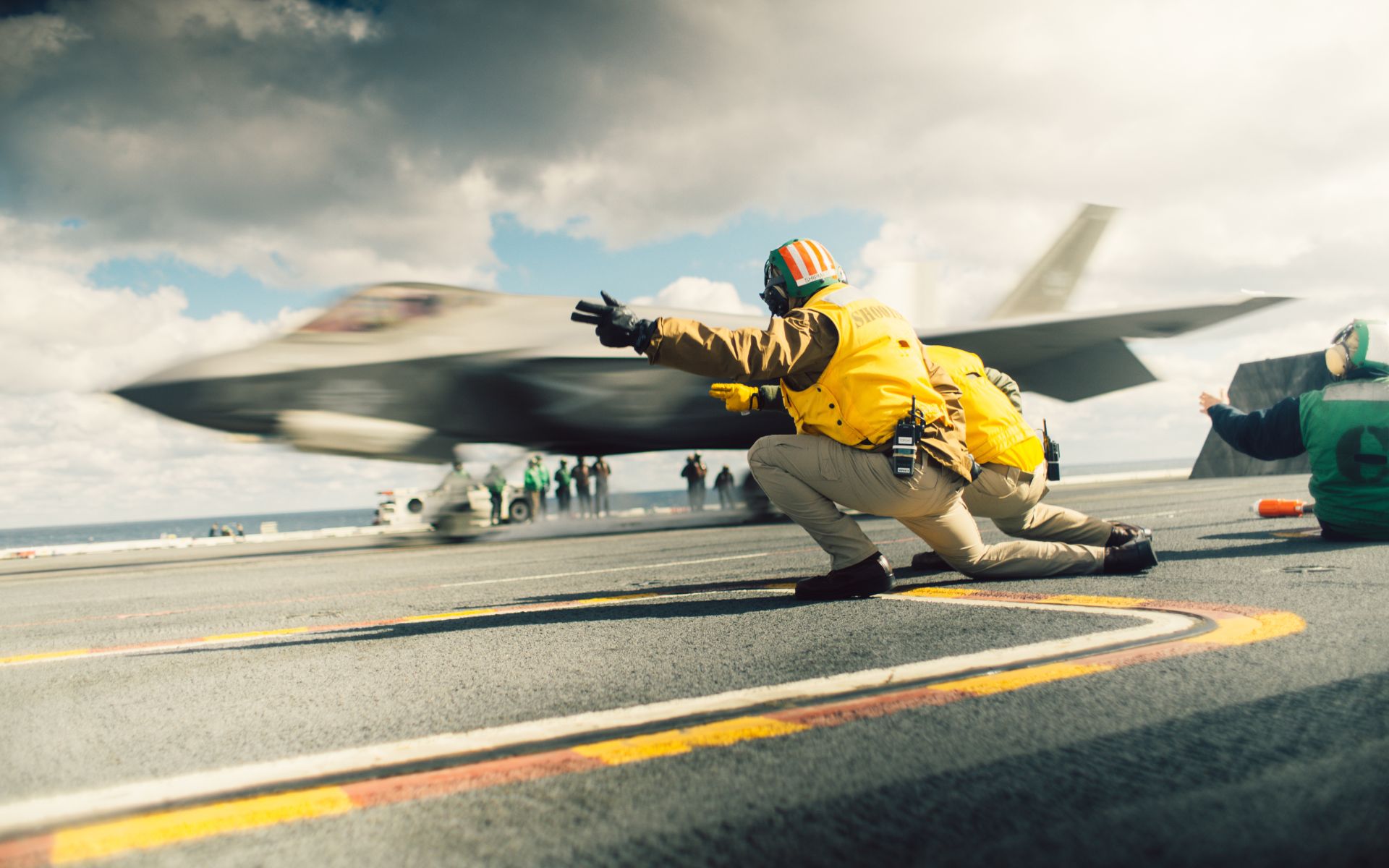News
The ABCs of F-35
June 05, 2024
F-35s are providing advanced, connected capabilities to the U.S. and allies around the world – from the air, land, and sea.
The F-35 family includes three variants with similar performance characteristics and identical avionics:
- F-35A – conventional takeoff and landing
- F-35B – short takeoff/vertical landing
- F-35C – carrier variant
F-35A
Designed to operate from conventional runways, the F-35A is the most common variant. The U.S. Air Force and most F-35 international customers operate the F-35A.


F-35B
The F-35B is the first-ever supersonic stealth aircraft with short takeoff/vertical landing capability.
The F-35B’s unique ability to land vertically and take off in very short distances allows it to operate from a variety of ships and austere locations.


F-35C
The F-35C is the U.S. Navy’s first stealth fighter and the world’s only 5th Generation, long-range stealth strike fighter.

With more robust landing gear, larger wings and larger internal fuel capacity, the F-35C was designed explicitly for aircraft carrier operations.
Operated by America’s Navy and Marine Corps, F-35Cs have recently been operating on three American carriers – bringing new capabilities and flexibility to carrier decks.
“F-35Cs are extremely versatile, able to complete a wide variety of missions that would’ve required multiple aircraft before,” said U.S. Navy Capt. Alex Hampton, commander of Carrier Air Wing 7.


